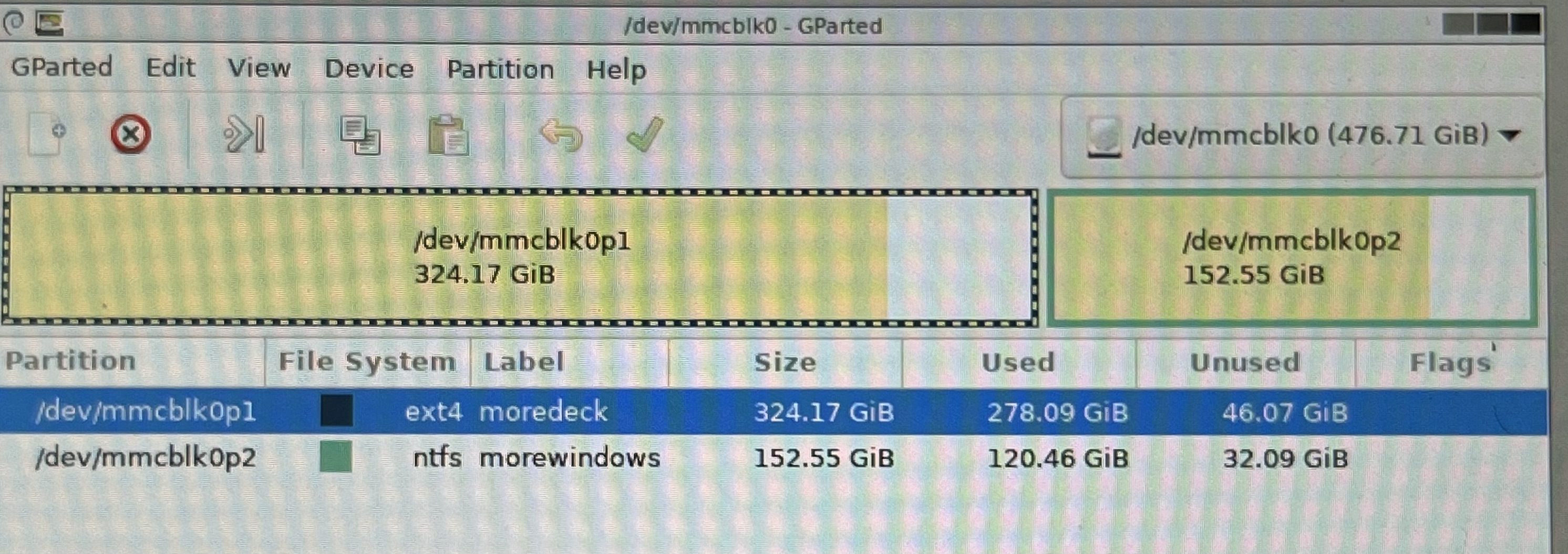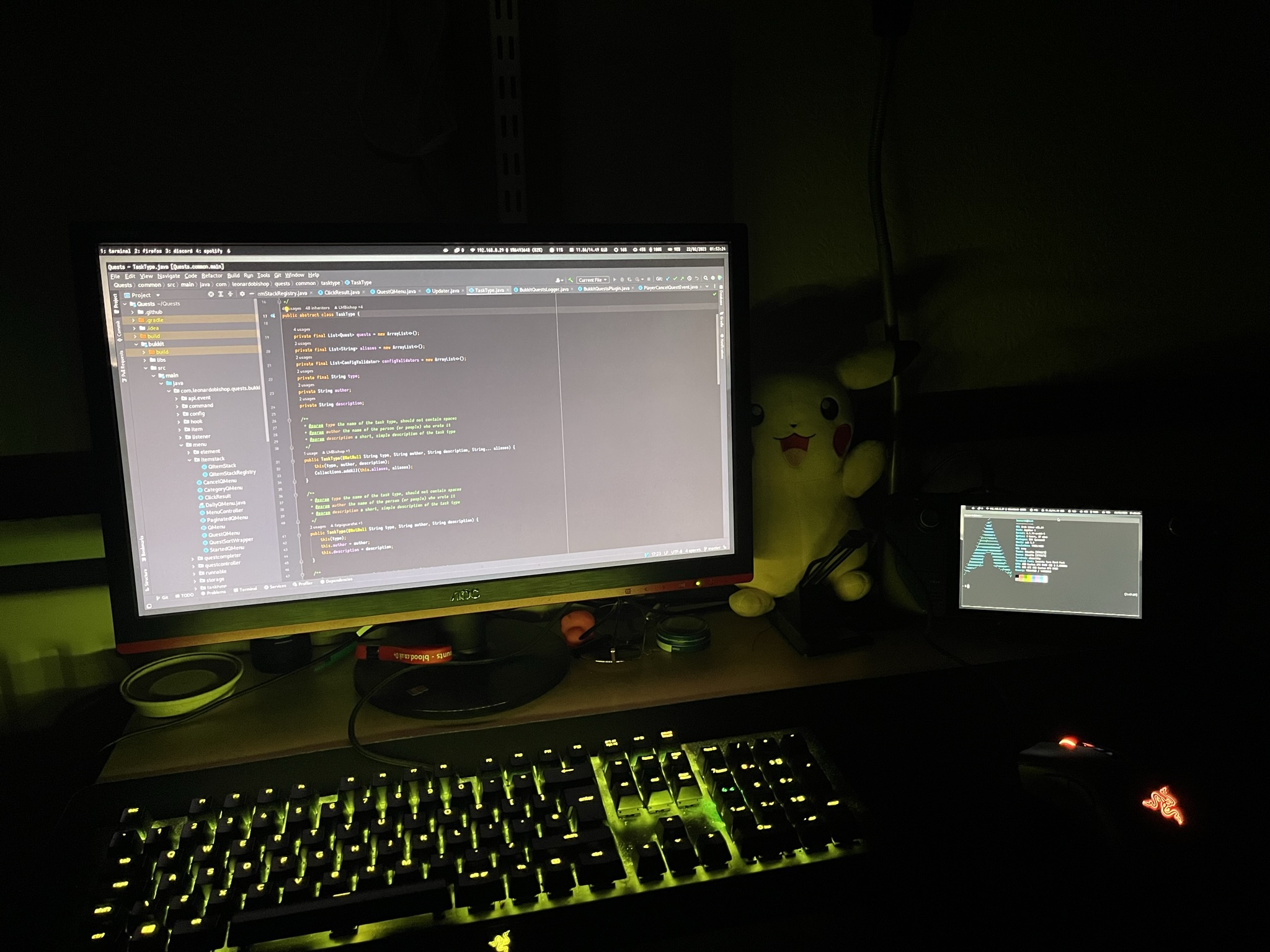I have this dilemma. Do I: a) spend ages tearing down my PC so I can lug it onto a train to take to my uni house and rebuild it again there, where it could get stolen, or b) forego the PC and simply not have a desktop workstation / gaming rig instead?
Earlier this year, genius me came up with a third option: convert my Steam Deck into a desktop PC instead!
Why
While I was back at home over Christmas, I had played and really enjoyed Overwatch 2, and wanted to keep playing once I went back to university. Unfortunately for me, my laptop is both not powerful enough, and not capable of outputting to external displays for Complicated reasons.
The obvious solution would be to simply bring my PC, however I had a criminally small desk at the time (which means I have absolutely nowhere to put it, not even the floor), and it would take too much effort to bring back on the train with everything else I brought home.
I remembered I had recently bought a Steam Deck, which had been sitting in my bag collecting dust, and figured I could try and turn that into my desktop PC. After all, it is a device designed to be portable.
Testing Valve's claim
Valve champions the fact that their Steam Deck can be used as a normal PC. They have Windows drivers, and even sell a dock, which I bought solely for this purpose.
Unfortunately Overwatch breaks when using Proton, which meant I had to install Windows. This involves the tedious task of partitioning the Steam Deck. Additionally, my scope had expanded to wanting to install a Linux environment as well, so I could use it instead of my aforementioned dodgy laptop to work on projects.

SteamOS is based off Arch, so in theory I could have just installed all my packages on there and replaced KDE with by preferred sway. However, the root partition is mounted as read only by default, and any changes made to it get completely wiped whenever SteamOS is updated. No go.
Instead, I repartitioned the internal disk and decided to do a triple-boot setup: SteamOS (so I can still use it as it was intended), Windows (solely to play Overwatch 2), and Arch (because I use Arch btw).

As the Deck is only 512gb in size, I decided to go with booting Arch off a microSD card, which would be left inserted in the Deck's built-in microSD slot.
The experience
For productivity, it was great. I managed to work on some projects using it, got some university work done, and procrastinated a lot.

For gaming, it was not so great. Turns out running games on a 1080p monitor is quite a bit more demanding than 720p. Overwatch 2 experienced quite frequent frame drops, and Counter-Strike was even worse somehow. Not to mention I was also on Wi-Fi, which means I'm rubber banding all over the joint anyway.
There were some other issues too. The Steam Deck is nice and fast when a single game open is in gamescope. However, when trying to use it as a general desktop PC, its limitations start becoming much more obvious. Simple things like updating the system with pacman left the system effectively unresponsive until it completed. Loading a heavy program like IntelliJ also froze up the system until it finished. I don't know if this is an IO bottleneck (this partition is booted off a microSD card after all) but I did observe the same 100% CPU utilisation when doing simple tasks in Windows too.
Conclusion
Maybe just plug a laptop into the monitor next time.